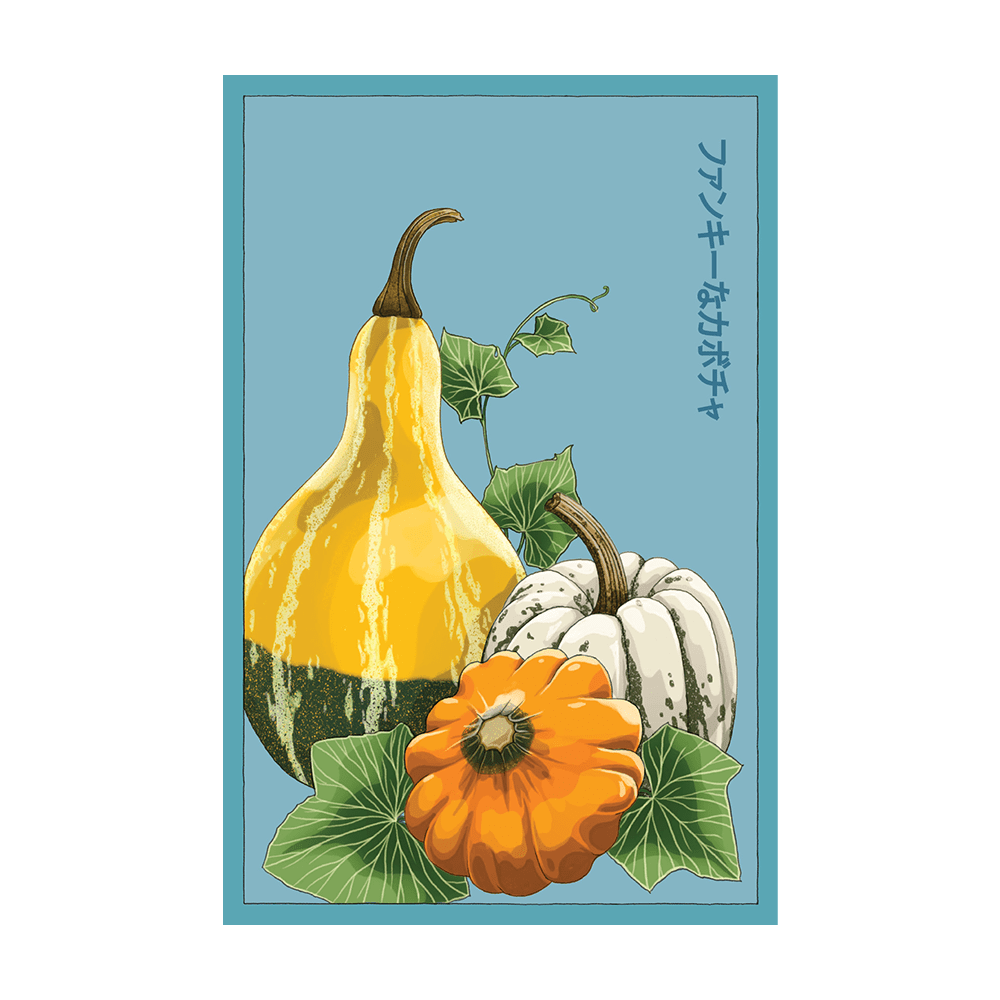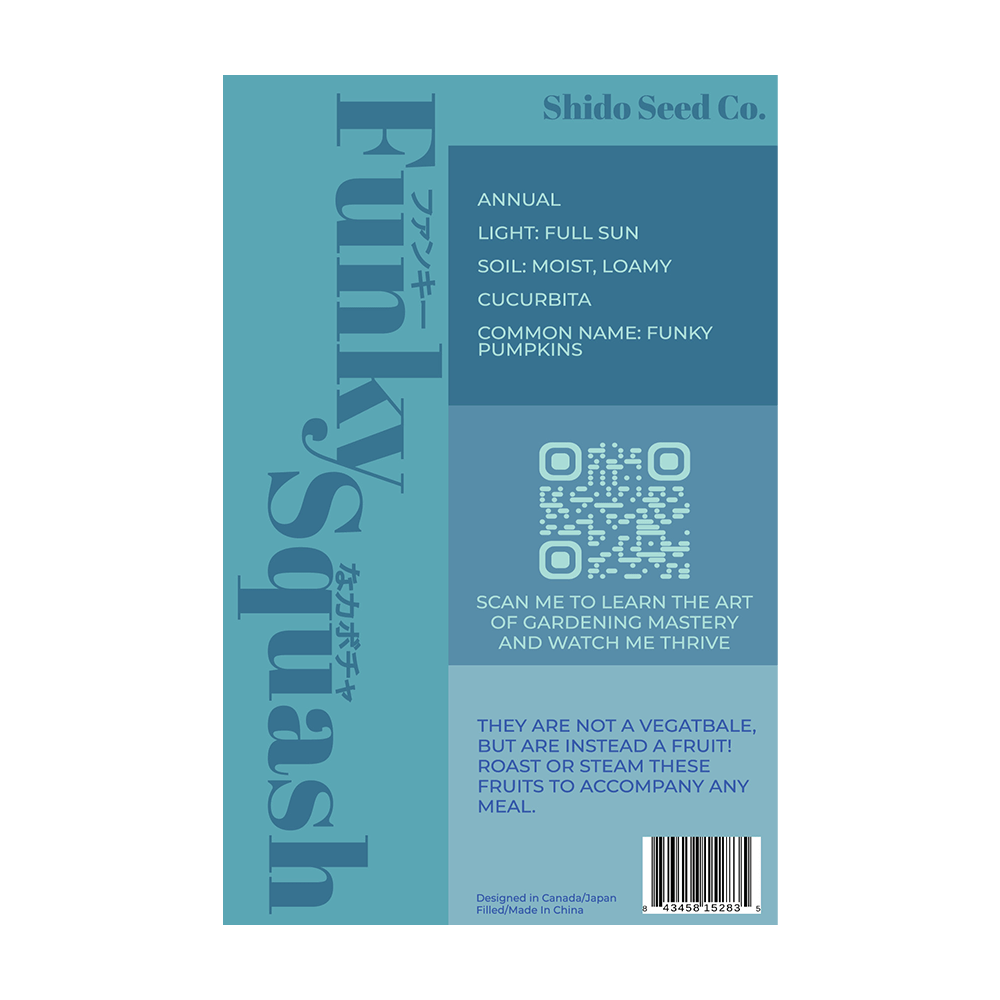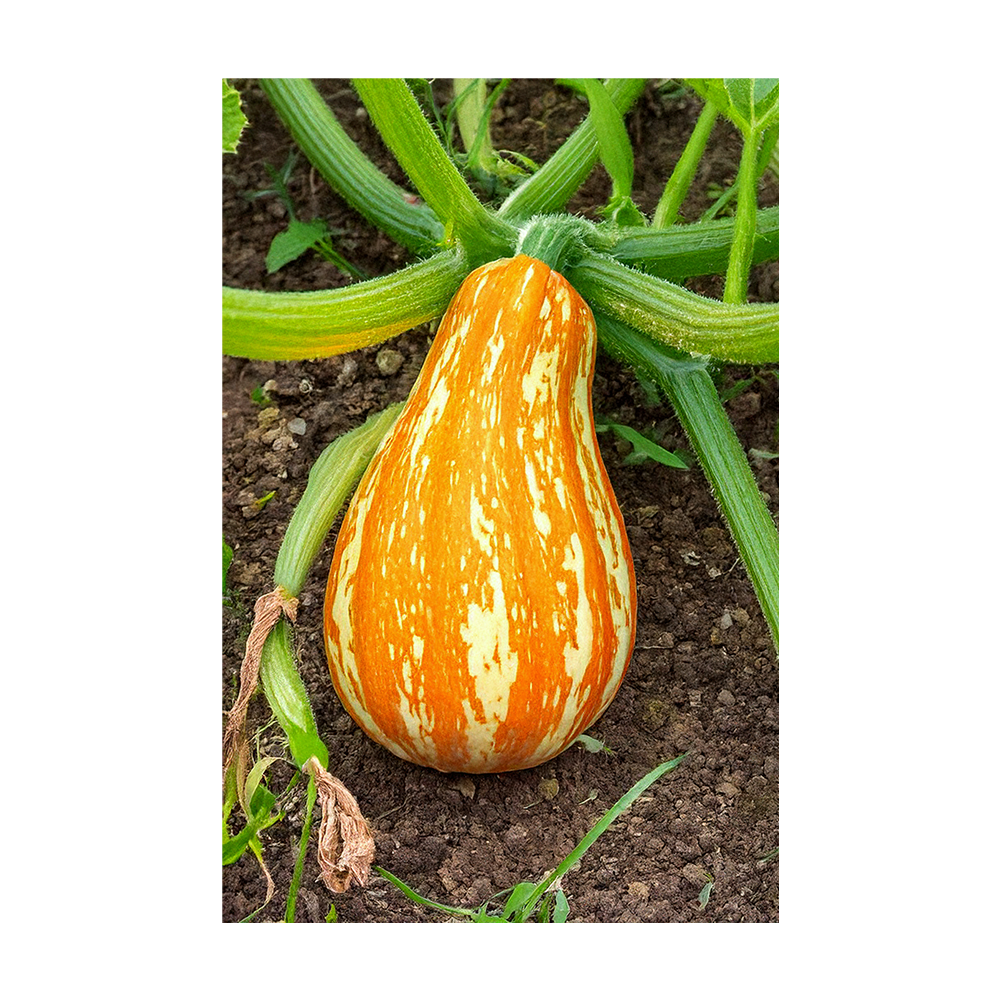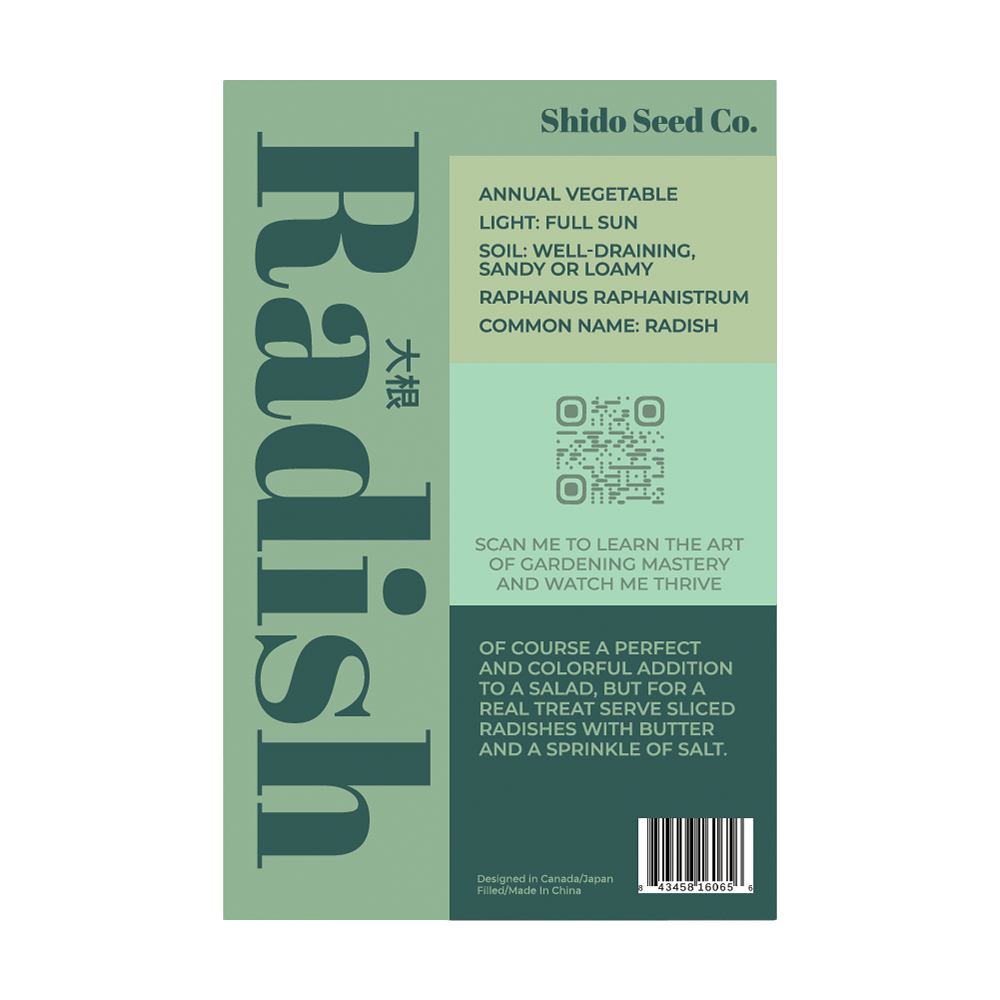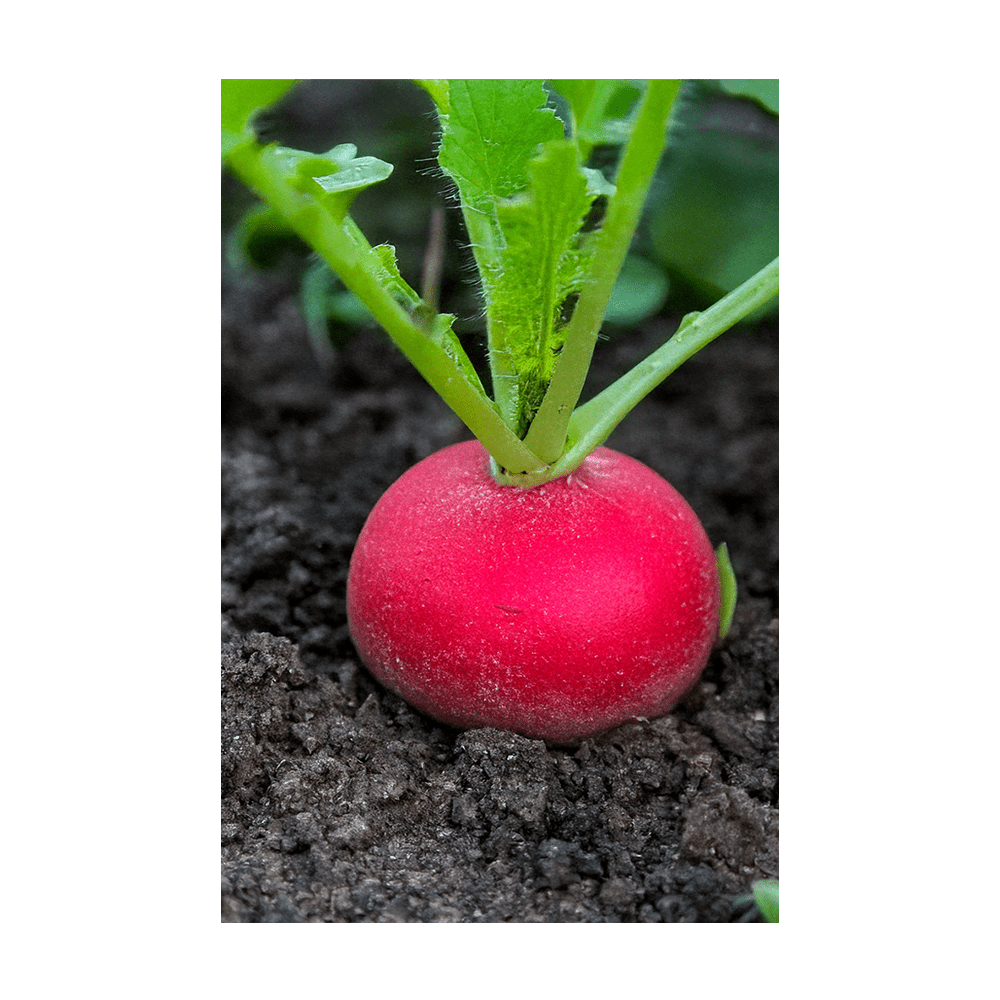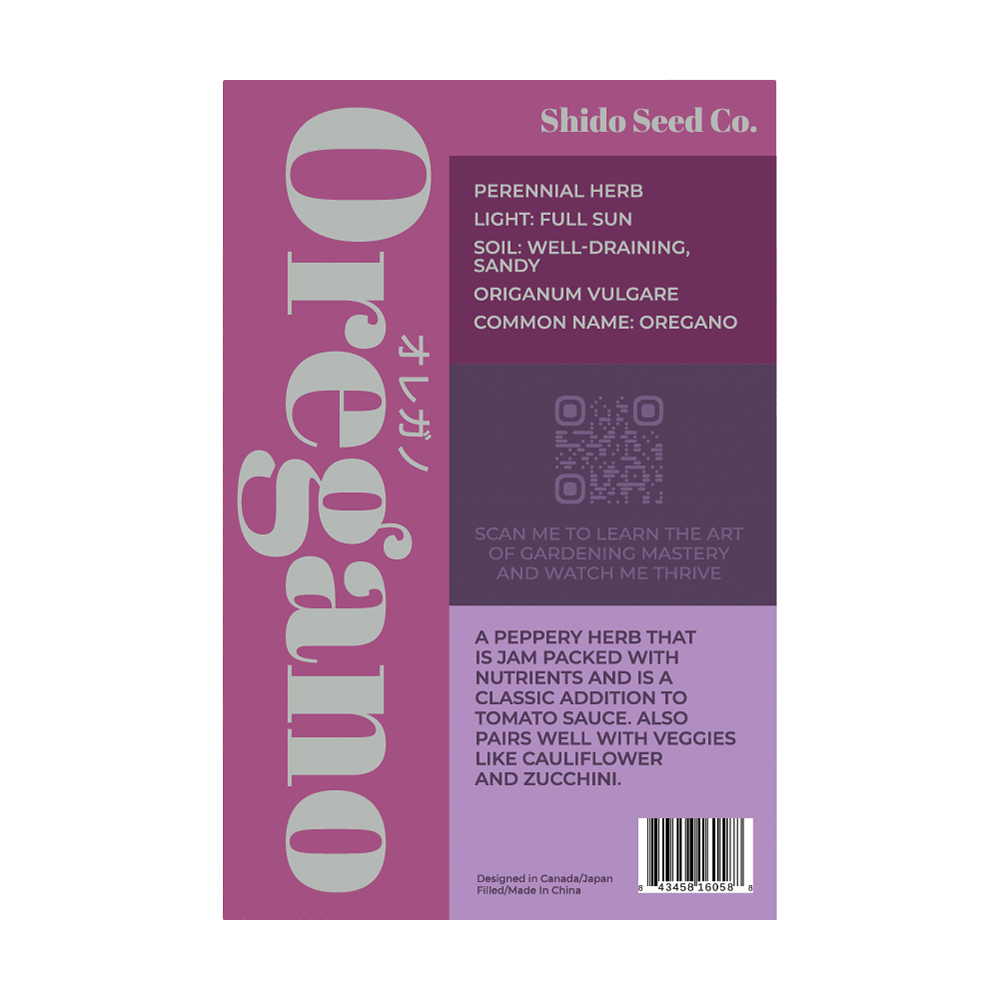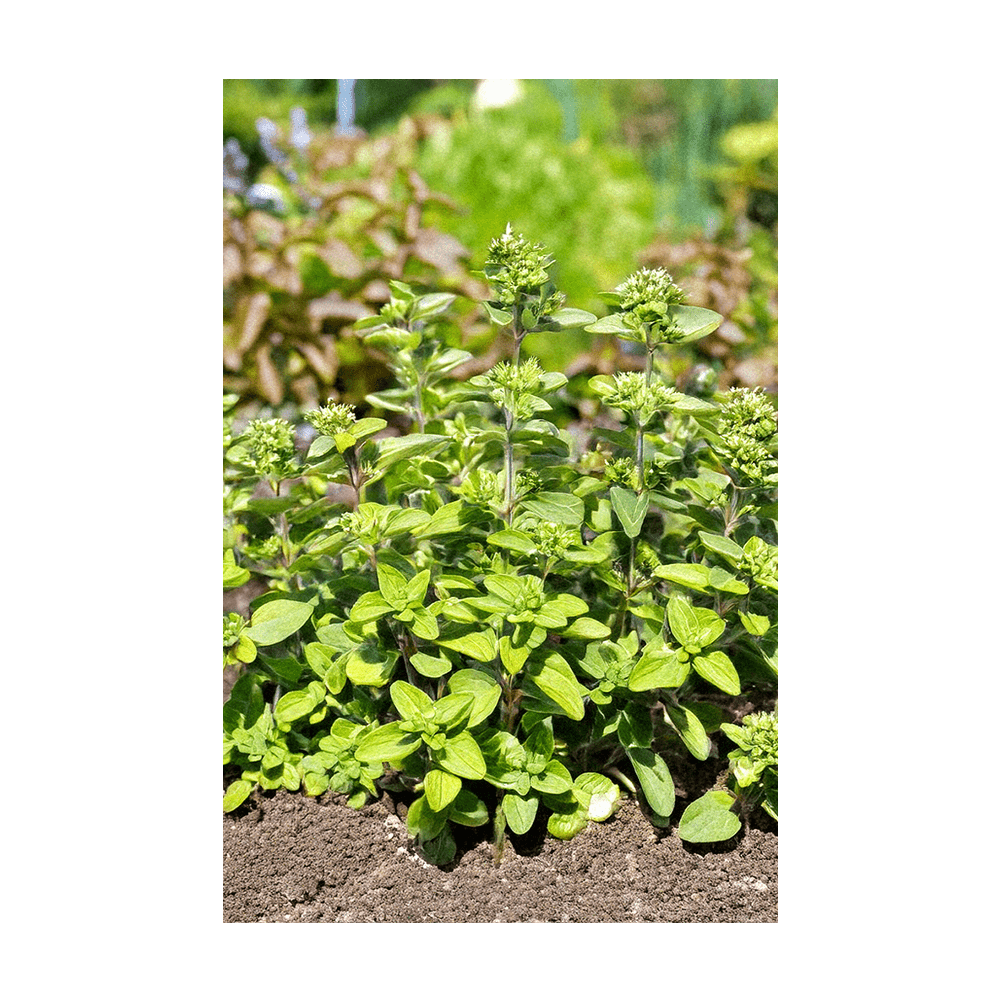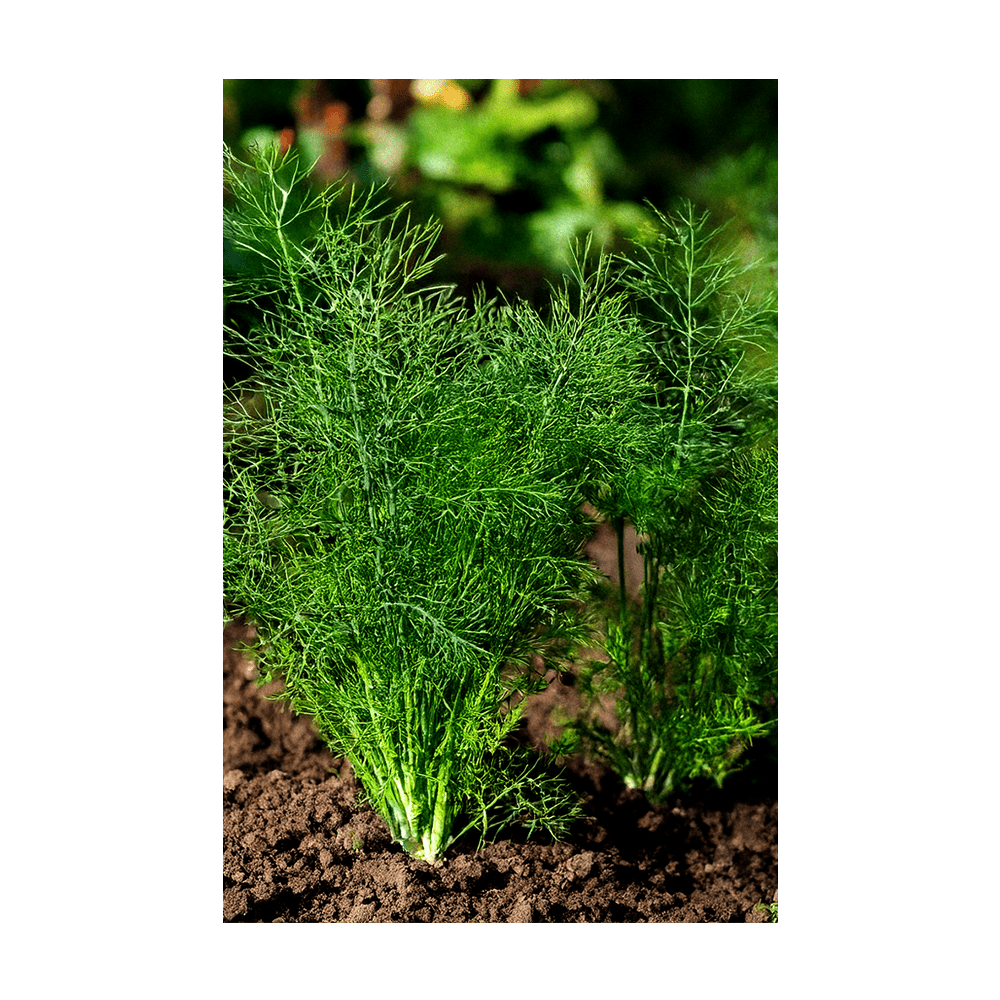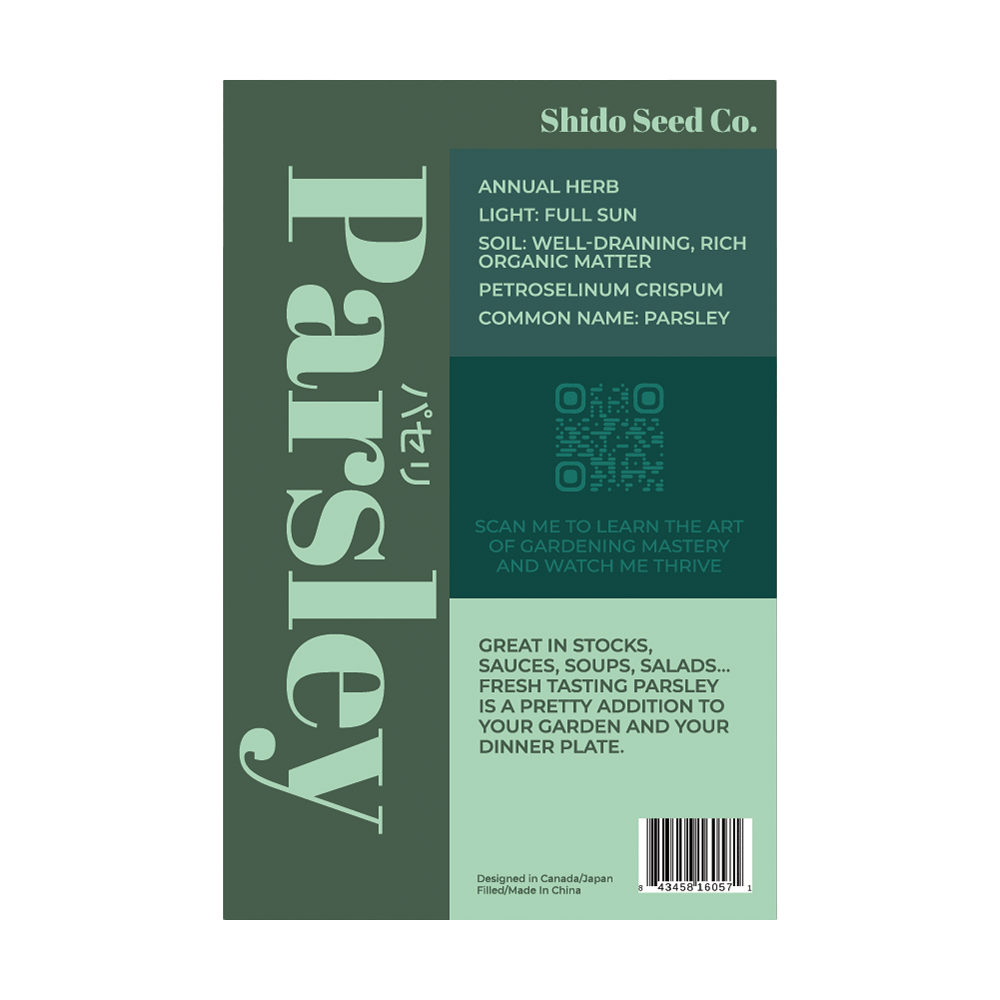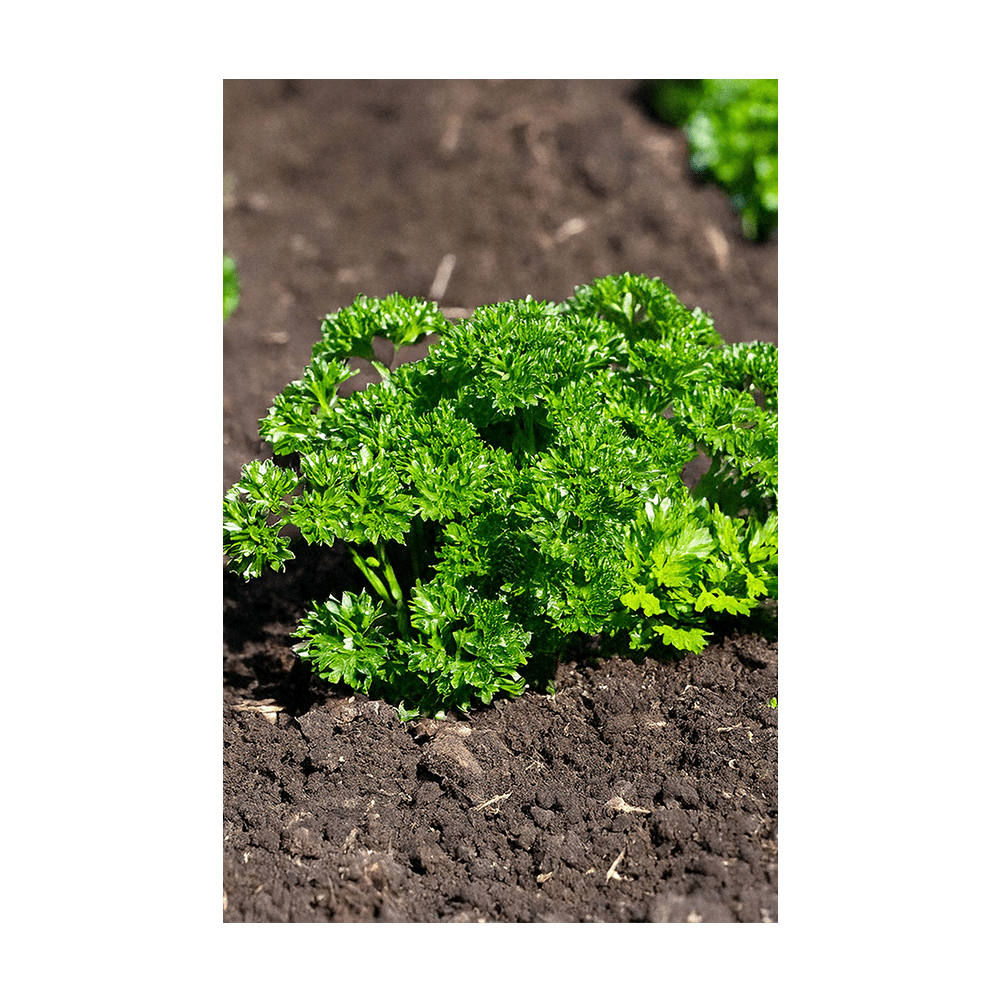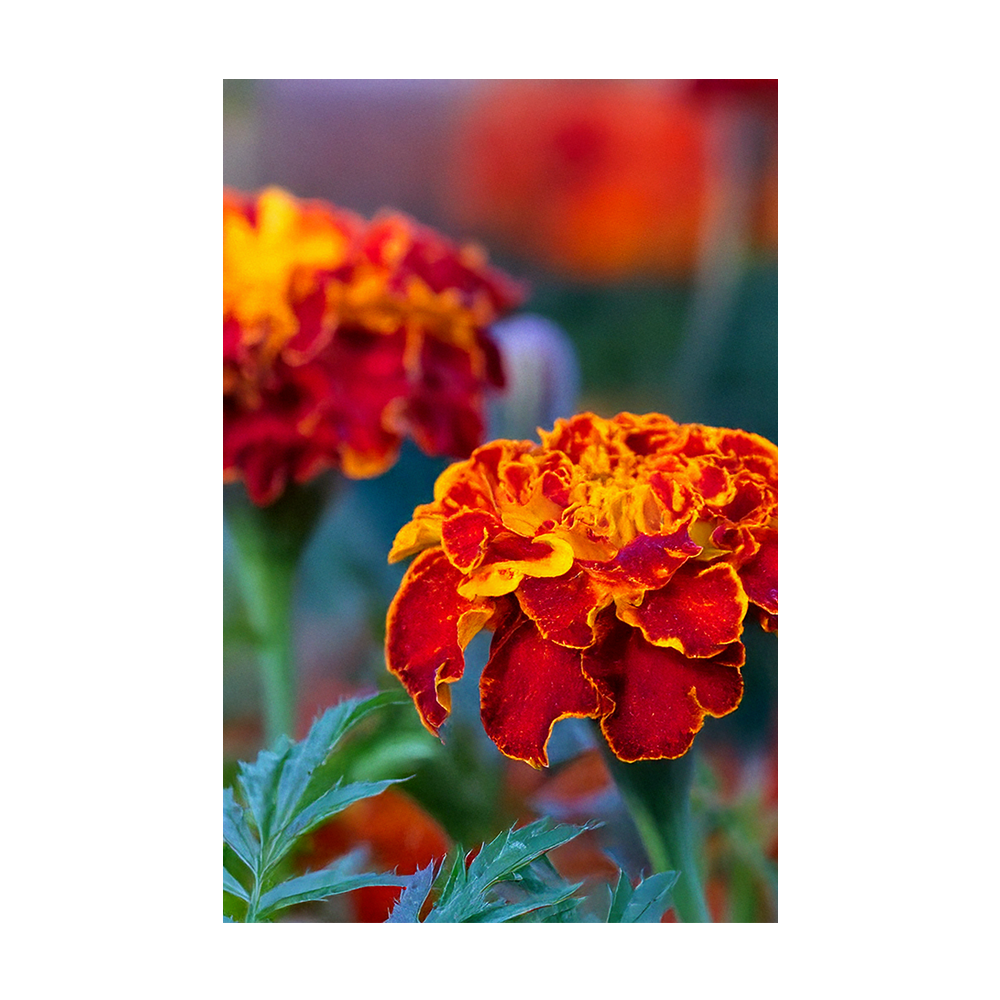Funky Squash Seeds Packet
$4.95
Unit price
/
Unavailable
Couldn't load pickup availability
Funky squash is a term used to describe unique, visually interesting varieties of squash that stand out due to their unusual shapes, colors, and textures. These varieties may include heirloom, hybrid, or ornamental squashes, ranging from warty and ridged types to bright, multi-colored forms. They are popular among gardeners for their novelty, as well as their culinary and decorative appeal. Funky squash is an exciting addition to any garden, offering unique aesthetics and diverse uses. With proper care, adequate sun, water, and space, gardeners can enjoy a bountiful harvest of quirky, flavorful, or decorative squash varieties throughout the growing season.
We stand by the quality of our flower seed packets! With high germination rates and vibrant blooms, your garden is sure to flourish. If you're not completely satisfied, we’ll replace or refund—guaranteed!
Funky Squash Seeds Packet
Why Shido Seeds Are the Best
Our flower and vegetable seeds are beautifully packaged little packets of magic. Guaranteed to turn your garden into the envy of the neighborhood. Get your hands dirty and let nature simply do its thing.
How to Plant Funky Squash from Seed
When to Plant Seeds
Preparing for Planting
Direct Sowing in Garden
Transplanting Seedlings
Pro Tip








